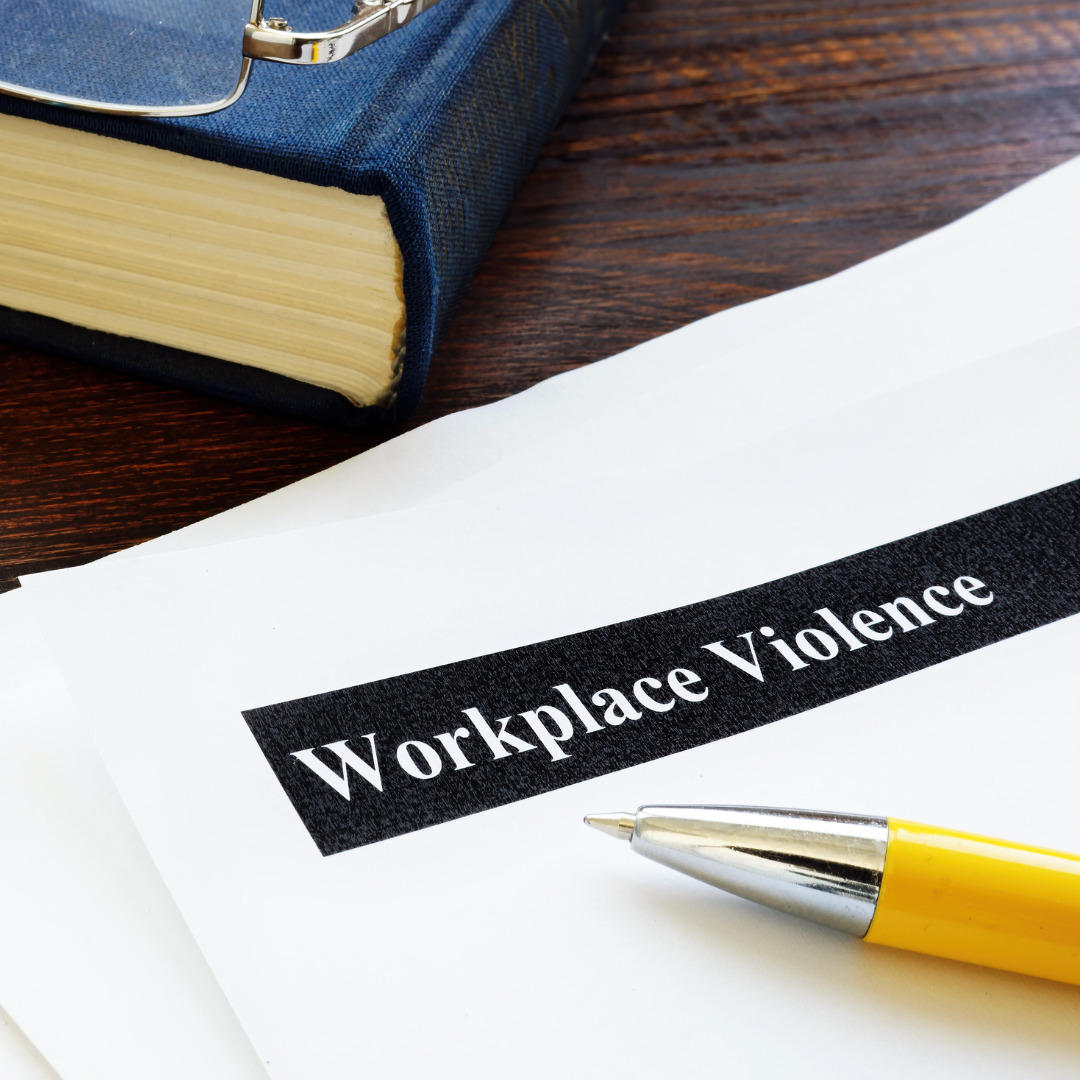Each year, nearly 1.5 million workers are injured by workplace violence according to the National Crime Victimization Survey. We see it too often on television news. This article does not presume to offer an explanation for the prevalence of workplace violence or recommend remedial measures. It is only meant to contribute to an awareness of the problem and to offer some suggestions for what you can do on an individual basis to work safely.
Awareness of one’s surroundings is the single most important aspect of workplace safety. Has a co-worker been expressing her fear of an abusive and violent spouse? Do you see someone in the building who does not belong like a disgruntled former employee? Awareness of the potential for harmful situations may afford crucial time for intervention before violence occurs.
Act on your awareness. I do not suggest you confront a potentially violent individual. You may unwisely expose yourself to harm and escalate a situation. But picking up a phone and dialing 9-1-1 is action. Expressing your concerns to management about adequate security is action.
Prepare for a potential situation. In crises, people who have a plan of action are much less likely to panic. Many schools and larger workplaces have “lockdown” drills to familiarize staff as to what to do in an emergency situation. Even if your employer doesn’t have a plan, you can create a simple one on a 3×5 card, keep it in your desk drawer, and look at it from time to time. Steps to include are calling 9-1-1, identifying the closest exit or a secure hiding place, and locking doors or creating other barriers to deny an intruder entry into your workspace.
If you are in management, there are additional steps you may take to reduce the potential of violence among employees. Speak frequently with staff and make sure everyone feels they are being heard. Be alert for employees who are loners, complain often of unfair treatment and show signs of irrational behavior. Look for employees who show signs of substance abuse. Every workplace, no matter how small, should have a written workplace violence prevention policy and ensure that employees adhere to it.
In the National Crime Victimization Survey I mentioned at the beginning of this article, five of the top fifteen at-risk job categories for workplace violence are teaching positions, including elementary school teachers (No. 14). (Junior high school teachers are highest at No. 10). While it is difficult to conceive of a nurturing classroom environment having a high risk for violence, one need only recall the tragedy at Sandy Hook Elementary School in Connecticut. Every mad act of violence cannot be prevented, but perhaps with greater awareness and preparation, more of them can.
If you have any questions or a victim of workplace violence, please give us a call.

